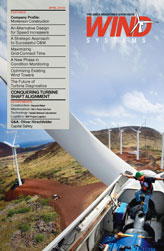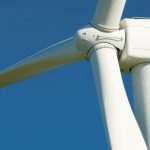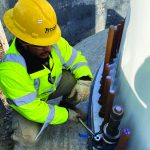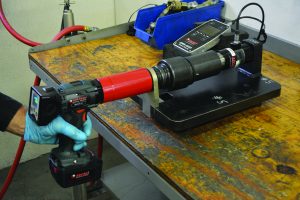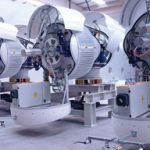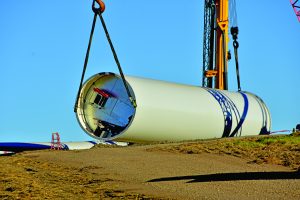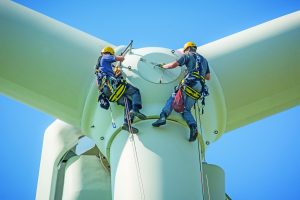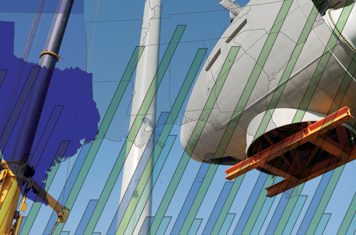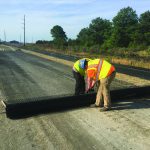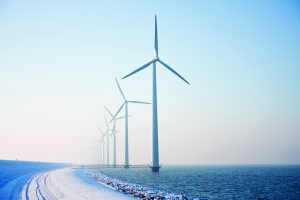The owner of a newly commissioned wind project can generally expect a full return of their investment over 20 years. After all, despite the uncertainty of wind resources and future O&M costs, the project’s financial return is modeled on the life expectancy the manufacturer has designed into its turbine, providing some 158,000 MWh of power generation for a 3MW unit. How turbine components are handled during transportation to the project site, storage, and field construction can play a definite role in long-term profitability.
Although many construction-related issues are corrected soon after commissioning, more significant issues such as damaged drive trains, generator moisture ingress during shipment and storage, and improper installation can take years off of a turbine’s life. The reasons why a turbine fails to make it through its design life may be something as easily controllable as attentive quality assurance at the very beginning of the project life cycle.
Some question whether or not O&M service packages offered by OEMs are even reasonable, suggesting that the actual costs in the first five years may be significantly below the price of the packages. Since these are usually required by financial institutions as a requisite for long-term financing, owners should do all they can to extract the value of the warranty before it expires. Bringing in a qualified independent service provider (ISP) is the best option for balanced, impartial end of warranty inspection. During this inspection the ISP is able to provide an assessment of all major components, perform oil and grease analysis, review service history, and likely expose deficiencies that were incurred during construction but never corrected. Warranty period servicing issues related to proper greasing, drive train misalignment, deferred or incomplete maintenance, and quality of care will also surface during these inspections.
Electrical jumpers are often installed during construction to defeat a control parameter or fault response, allowing a commissioning crew to temporarily override a control function. These can sometimes remain in place through a warranty O&M period without correction. Likewise, component retrofits such as improved bolting, upgraded motors or pumps, and software enhancements might not be installed. Other findings include misinstalled or uninstalled components, wiring issues, safety system installation discrepancies, and inoperable turbine control features. Excessively worn or damaged components that should be replaced during normal servicing will be identified by the ISP, avoiding an otherwise missed opportunity to submit warranty claims.
The wind industry has historically experienced a large number of gearbox failures, and while gearbox and generator rebuilds are two of the most-costly maintenance items for a wind project, they do not have the highest failure rate compared to other components. In most cases the gearbox exhibits the highest downtime, and this is the real basis—rather than the failure rate—for concern among project owners. Frequent component replacements during the warranty period should be assessed by conducting a service report and parts usage review. Although the project operator may be primarily interested in replacing a failed component and getting the turbine back online, a failure always represents an opportunity for improvement. Most OEMs include failure analysis as an essential part of their continuous quality improvement process. If a proper root cause analysis was bypassed during the warranty period, the owner may have missed a valuable opportunity to determine if the failure was due to manufacturing quality, product misapplication, design error, or inappropriate design assumptions. This information would have assisted the manufacturer in determining if the problem was an isolated instance or a systemic problem that is likely to result in serial failures.
Construction and service quality are equally important to ensure the 20-year life of a project. Quality management encompasses the quality philosophy of the owner, proper quality assurance through planning and organization, quality control during construction, and final review and acceptance by an ISP. An extra dollar spent in upfront quality assurance will save many times more later on, particularly when it comes to the success of your wind project.
















